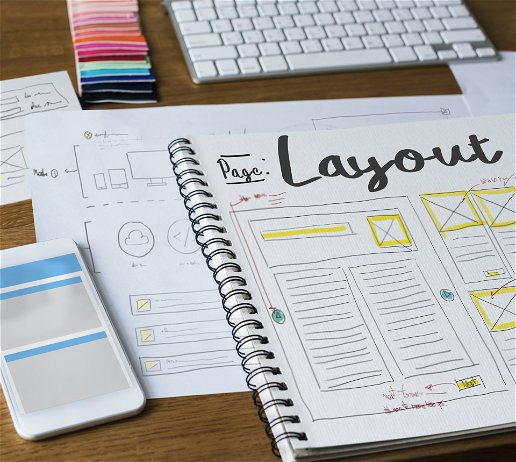"This digital world is what you make of it in the end."
The abbreviation for this type of web design is RWD and it represents a certain approach to modern, i.e. adaptable web design. What kind of Internet content do we want to create when we say we use customizable web design? In any case, this content should be very easy to use, but also customizable for all devices (due to the different screen sizes, e.g. mobile phones and tablets).

Do you want to learn how to use this specific type of content creation online? We think that it would be useful for you.
But did you know that responsive web design actually represents the knowledge and skill to actually create an entire site in a certain way? Many who are unfamiliar with how RWD actually works are often mistaken when they think that this type of web design is related only to its content and display, but not to the creation of the site itself.
Now that we’ve clarified that, let’s see how content on a site built on responsive web design can be adapted to any screen, both phone and tablet, and laptop and desktop computer.
When we decide to make an RWD site, we actually use fluid grids that serve to base and determine the proportions of certain screens of the device. For this term, it is very important to state that you must pay attention to the fact that the content on the pages is not presented in pixels, but it is better to do it in relative units. Also, flexible images work in the same way, making the experience of the content on each different device equal and high quality. All of the above for fluid grids also applies to flexible images, so note that they are expressed in percentages. In addition to fluid grids and flexible images, it is good to mention the special technologies used in creating responsive web design. Here we usually mean CSS, which is able to unify all content for different devices. It is advisable to research different CSS systems and find the ones that best fit all types of devices for which you want to create a responsive web design. Examples of customizing items on the site with the help of a CSS system would be margins or font size.
But are the above modes enough for all devices? For example, we also have JavaScript codes for mobile phones. These codes are not intrusive and definitely bring an improvement in the version of the site for mobile phones and small screens.
So how do you get started? The advice is clear - start by creating a simple website. Later, if you are satisfied with the site, you are able to slowly adapt it according to the responsive web design. Of course, this takes time, because you will want to make such an RWD that will be able to adapt to just about any type of computer, laptop, tablet, and mobile phone.
What happens when certain mobile devices don't recognize the site because they don't work according to JavaScript codes? Of course, it happens. But there is a solution here too. It is recommended to perform browser detection. This would be your first step. Then, mobile device detection. Overall, you need to investigate whether this mobile phone supports CSS or HTML properties. Combine different systems and capabilities to discover and find the best content display solution for your mobile version.
But what if some devices don't really support CSS and HTML properties in any form? Of course, as with everything, you will use the Internet! You can find various tools online to help you overcome this problem. In any case, testing the adaptability of all features relevant to responsive web design is now greatly facilitated, as various Internet browsers already offer ready-made solutions and suggest changes and improvements.
Customizing the look of a website came from the needs of our modern society, and ideas for its use and application arose spontaneously, with the change of the world and technology.
The main motive for the existence of customizable web design is that an increasing number of people around the world use various devices to search for content online. Imagine what would happen if the sites were not optimized for your computer and phone in the same way? You may want to check something you've seen outside the home, but if that website wasn't organized according to RWD principles, you won't be able to check the information you wanted to view over the phone, and you would have to wait to get back home to do that. Very annoying, isn't it?
The minimum dimensions required for customization are almost always three, for the reason that they are mostly made for computers, tablets, and mobile devices.